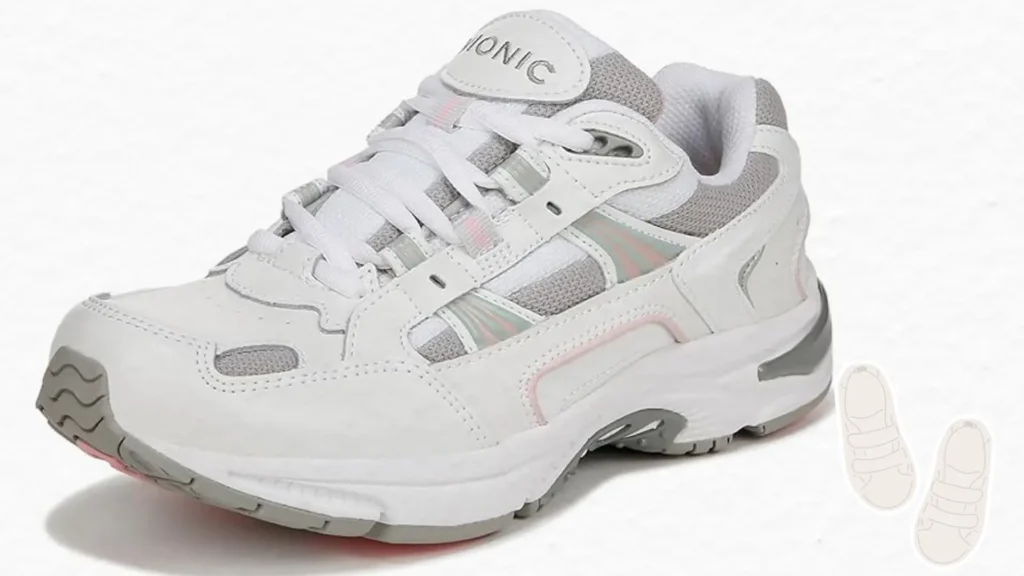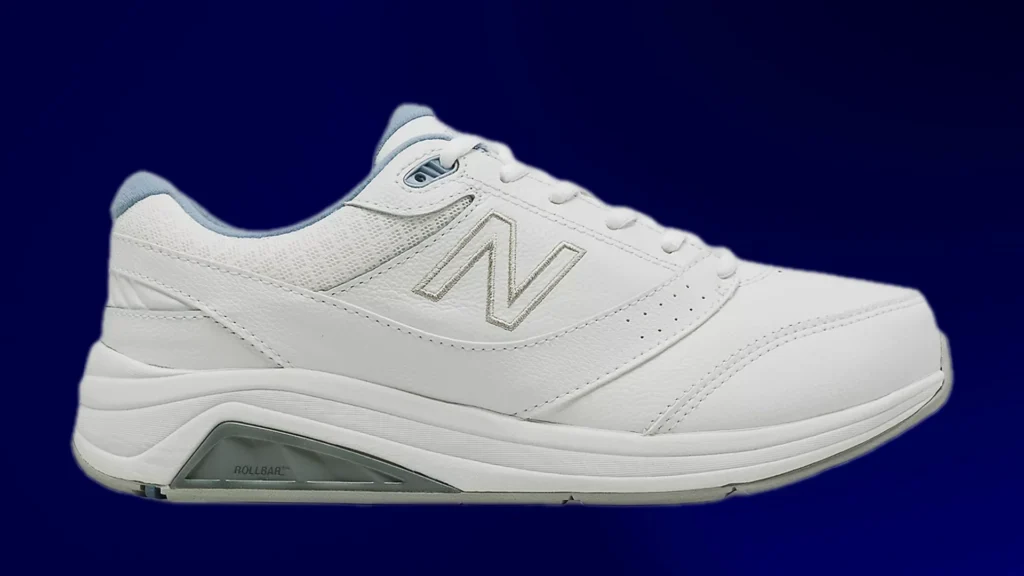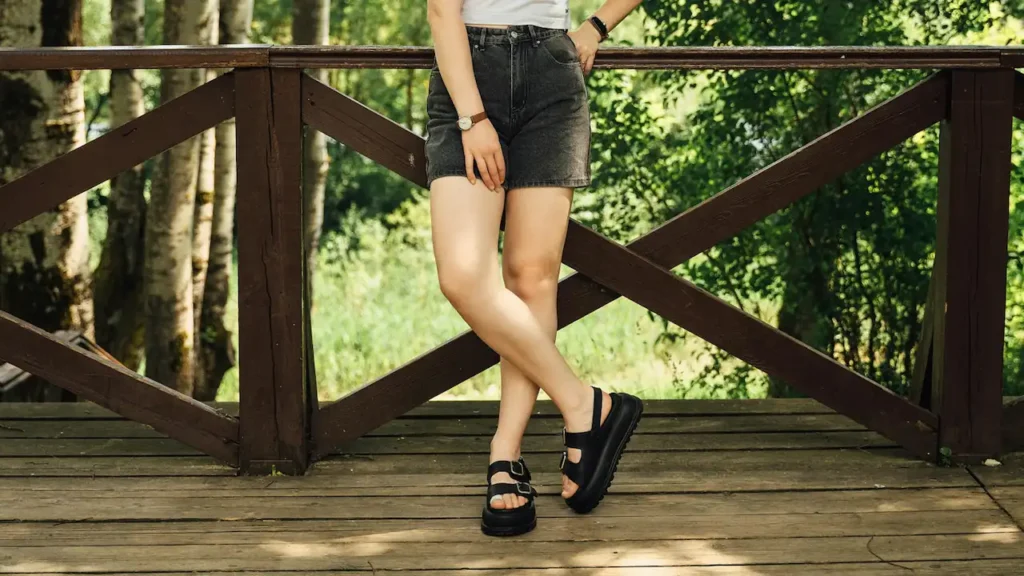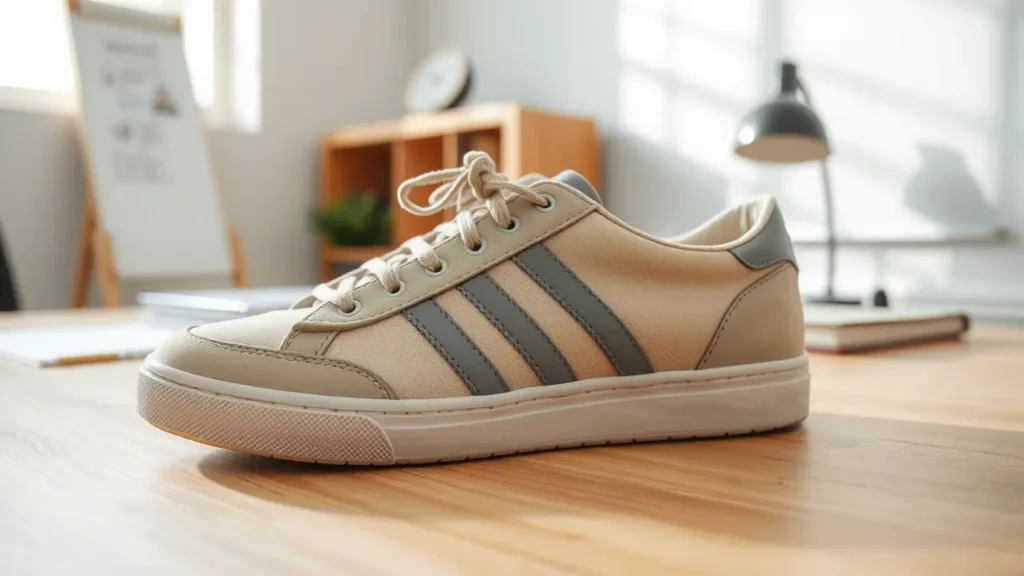Spring and summer bring a lot of outdoor activities. Rain showers, wet grass, and sudden puddles become part of daily life. Your feet face challenges from moisture, uneven surfaces, and heat. Wearing the wrong shoes can cause discomfort and worsen foot problems.
If you have foot pain or medical conditions, the stakes are higher. Choosing the right waterproof orthopedic shoes protects your feet and keeps you comfortable all day.
This season, comfort means more than softness — it means support, dryness, and durability. You want shoes that can handle wet conditions without hurting your feet.
This article will guide you through the best waterproof orthopedic shoes designed for spring and summer. We will look at what makes these shoes special, how to pick the right pair, and share top recommendations.
By the end, you will understand what to look for and how to keep your feet safe and dry in the warmer months.
What Makes a Good Waterproof Orthopedic Shoe?
Not all waterproof shoes are created equal. Adding orthopedic support to waterproofing is not easy. The shoe must do more than keep water out. It must support your foot’s natural shape and reduce pain.
Waterproofing That Works
A shoe’s waterproof feature means it blocks water from getting inside. But how does it do this?
Most waterproof shoes use special materials or coatings. Some have sealed seams or membranes inside. These stop water but still allow your feet to breathe. Breathability is crucial in warm weather. If your feet stay sweaty, it can cause blisters or infections.
Good waterproof orthopedic shoes balance water protection and airflow. Look for shoes with Gore-Tex, waterproof leather, or treated synthetic fabrics. Avoid shoes that claim waterproofing but do not have sealed seams or tested membranes.
Orthopedic Support You Can Trust
Orthopedic shoes support your feet in three main ways: arch support, cushioning, and a stable sole.
- Arch Support: This helps reduce strain on the foot’s arch. It prevents conditions like plantar fasciitis or flat feet pain.
- Cushioning: Soft padding absorbs shock when you walk or stand. It reduces pressure on joints.
- Stable Sole: A firm, non-slip sole prevents slips and falls. It also aligns your foot to reduce fatigue.
Waterproof shoes that ignore these supports can cause more harm than good. Your feet need to be protected from wet conditions and supported at the same time.
Fit and Comfort for Long Wear
Spring and summer often mean longer hours outside. Your shoes need to stay comfortable throughout the day. Orthopedic shoes should have adjustable closures, such as Velcro straps or laces, to allow a perfect fit.
Toe box space is also important. Your toes should not feel cramped but have enough room to move. This prevents blisters and other injuries.
Durability and Style
Waterproof orthopedic shoes must be tough. They should resist damage from water, mud, and rough surfaces. Look for high-quality materials and strong stitching.
Style matters, too. You want shoes that look good for casual or outdoor settings. Many brands now offer waterproof orthopedic shoes in modern designs and colors.
How to Choose the Best Waterproof Orthopedic Shoes for Spring and Summer
Choosing the right shoe is a mix of science and personal needs. Here is a clear step-by-step guide to help you select the perfect pair.
Know Your Foot Type and Needs
Before choosing waterproof orthopedic shoes, it is important to understand your foot type and any specific needs you may have. Feet come in different shapes and sizes, and this affects how shoes fit and support them.
Some people have flat feet, meaning the arch is very low or absent. Flat feet need shoes with strong arch support to prevent pain and fatigue. Others have high arches, which can cause pressure on the heel and ball of the foot. People with high arches benefit from cushioned shoes that absorb shock well.
Medical conditions also play a big role in what kind of shoe you need. Heel pain from plantar fasciitis requires shoes with extra heel cushioning and firm support. Arthritis in the feet or ankles demands shoes with stability to reduce joint stress.
If you have diabetes, waterproof shoes with extra padding and wide toe boxes help prevent sores and keep feet safe from injury.
If you are unsure about your foot type or have ongoing foot pain, visiting a podiatrist is a good idea. A foot specialist can examine your feet and recommend shoes with the right features. Knowing your foot type is the first step toward comfort and protection.
Look for Certified Orthopedic Features
When shopping for waterproof orthopedic shoes, it is important to check for certified orthopedic features. These features ensure the shoe supports your feet properly and helps reduce pain or discomfort. Shoes with orthopedic certification are tested by experts or recommended by foot doctors, making them more trustworthy.
Key features to look for include removable insoles. These allow you to replace the existing insole with a custom orthotic or one with better cushioning.
Arch support is another important element. Proper arch support distributes pressure evenly and helps keep your foot in a natural position. Shoes without this support can cause strain and worsen foot problems.
Other features include shock-absorbing soles, cushioned footbeds, and a firm heel cup for stability. A wide toe box gives room for toes to move freely, reducing the chance of blisters or bunions. Certified orthopedic shoes often use materials designed for comfort and durability.
Choosing shoes with these proven orthopedic features will help your feet stay healthy and comfortable, especially during spring and summer activities where waterproof protection is needed.
Verify Waterproof Technology
When choosing waterproof orthopedic shoes, it is crucial to verify the technology used to keep your feet dry. Not all shoes labeled “waterproof” provide true protection from wet conditions.
Look for shoes that use tested and reliable waterproof materials, such as Gore-Tex or treated leather. Gore-Tex is a well-known waterproof membrane that blocks water from entering while allowing moisture from sweat to escape. Treated leather is specially coated to repel water but may need regular maintenance to stay effective.
Another important detail is whether the shoe’s seams are sealed. Water can enter through unsealed stitching, especially in heavy rain or when stepping in deep puddles. Shoes with sealed or taped seams prevent this, providing full waterproof protection.
Ask the seller or check the product description carefully. Some shoes may only have water-resistant coatings, which protect against light moisture but do not hold up in wet weather. True waterproof shoes give you confidence to walk through wet grass or rainy sidewalks without soggy feet.
Confirming the waterproof technology ensures that your orthopedic shoes protect both your feet and your foot health by keeping moisture out.
Check Breathability
Waterproof shoes must keep water out, but they should also allow your feet to breathe. Breathability is essential, especially in spring and summer when warm weather can cause sweating. If your feet stay trapped inside a shoe with no airflow, moisture builds up from sweat, creating discomfort and increasing the risk of blisters, fungal infections, and odor.
Look for waterproof shoes that include breathable membranes, such as Gore-Tex, which allow air and moisture vapor to escape while blocking water.
This keeps your feet dry from the inside out. Some shoes combine waterproof protection with mesh panels placed in areas less exposed to water. These panels enhance airflow without sacrificing waterproofing.
Choosing shoes with good breathability helps maintain foot hygiene and comfort during long hours outdoors. It prevents overheating and keeps your feet feeling fresh.
Balancing waterproofing with breathability is key to finding the best orthopedic shoes for spring and summer. Don’t settle for shoes that keep water out but trap sweat inside. Your feet need to stay dry both from rain and perspiration.
Test for Comfort and Fit
Trying on orthopedic waterproof shoes before buying is essential. Your feet can change size slightly depending on the time of day or the socks you wear.
Always test shoes with the socks you plan to wear in spring or summer. Thinner socks are common in warmer months, but if you prefer thicker ones for extra comfort, bring those along.
When trying the shoe, walk around indoors to feel how it fits. Pay close attention to any pressure points, tight areas, or places where your foot rubs against the shoe. These can cause blisters or pain after extended wear. Check the toe box to make sure your toes have enough space to move naturally without being cramped.
The shoe should feel secure but not tight. Adjustable closures, like Velcro or laces, help customize the fit. Also, feel the heel to ensure it does not slip or rub uncomfortably.
Testing comfort and fit prevents buying shoes that look good but cause discomfort. Orthopedic shoes should support your feet without causing new problems. Take your time during this step to find the perfect fit for long-lasting comfort in spring and summer conditions.
Review Durability and Slip Resistance
Durability and slip resistance are critical factors when choosing waterproof orthopedic shoes. Spring and summer often bring wet, slippery surfaces, from rain-soaked sidewalks to muddy trails. Shoes with soles that have good traction reduce the risk of slipping and falling.
Look for soles made from rubber or other non-slip materials. Deep treads and patterned soles offer better grip on wet or uneven ground. Slip-resistant soles also provide more stability for those with balance or foot problems.
The upper material should resist cracking, peeling, or damage from water exposure. High-quality waterproof leather or treated synthetics usually last longer. Poor materials may break down quickly after repeated wetting and drying, reducing the shoe’s protective qualities.
Durable shoes save you money by lasting through several seasons. Slip resistance protects your safety and reduces the risk of injury. Prioritize these features to ensure your waterproof orthopedic shoes perform well outdoors during spring and summer.
Top Waterproof Orthopedic Shoes for Spring and Summer
Now that you know what to look for, here are some of the best waterproof orthopedic shoes available. These options cover different styles and budgets.
Vionic Walker Classic
Vionic is a trusted brand in orthopedic footwear. Walker Classic Waterproof shoe offers excellent arch support with a built-in orthotic footbed. The shoe features a waterproof leather upper and sealed seams. Its outsole provides strong traction on wet surfaces.
The shoe’s cushioning absorbs shock and reduces joint pain. It fits well for people with moderate to severe foot conditions. The breathable lining keeps feet dry without overheating.
Ideal for walking or light outdoor work, this shoe handles spring rains and summer hikes. Vionic Walker’s style is casual and sporty, perfect for daily use.
Orthofeet Asheville Sneaker
Orthofeet makes shoes designed for foot pain relief. Asheville Waterproof Sneaker has advanced ergonomic soles that support arches and cushion the heel.
The waterproof membrane stops water from entering while maintaining airflow. The shoe’s soft interior lining reduces friction and blister risk.
Wide toe box space helps with bunions or swelling. It uses a stretchable upper for a custom fit. The outsole is slip-resistant, offering safe footing on slippery paths.
This shoe works well for longer walks or standing for hours. It has a modern look with neutral colors.
New Balance 847v4 Walking Shoe
New Balance is known for its durable, supportive shoes. 847v4 model includes a waterproof membrane to keep feet dry in wet conditions.
It features a motion control design that limits excess foot movement. This helps prevent pain caused by overpronation or supination.
EVA midsole adds cushioning and comfort. The outsole offers solid grip on wet and uneven surfaces.
This shoe is a good choice for people who need firm support without sacrificing waterproofing. Its sporty style suits casual and outdoor activities.
KEEN Utility Detroit XT Work Shoe
KEEN’s Detroit XT shoe is designed for tough environments. It combines waterproof leather with orthopedic support features.
The shoe has a removable, cushioned insole that supports the foot’s arch. It uses KEEN’s patented waterproof membrane and sealed seams for full protection.
The outsole is non-slip and durable. The toe box is roomy to avoid pressure points.
This shoe is great for spring and summer work or hiking where wet conditions are expected. It balances ruggedness with foot comfort.
Propet Men’s Stability Walker
Propet’s Stability Walker offers strong orthopedic support and waterproofing. It features a waterproof leather upper with sealed seams.
The shoe’s removable footbed has arch support and extra padding. The sole provides stability to prevent ankle rolls.
This model fits well for people with diabetic foot issues or arthritis. The waterproof lining helps manage moisture and keeps feet dry during sudden rain.
Its simple design works well for everyday wear in spring and summer.
Spring and summer bring challenges for your feet. Wet conditions, longer outdoor activity, and heat demand shoes that protect and support.
Choosing waterproof orthopedic shoes is an investment in your health. The right pair keeps your feet dry, reduces pain, and prevents injury. Focus on shoes that balance waterproofing with breathability and orthopedic features.
Test shoes carefully for fit, comfort, and durability. Take care of them to ensure they last through many seasons.
With the options and tips shared here, you can step confidently this spring and summer. Dry feet, strong support, and safe footing will let you enjoy every moment outside without worry.




